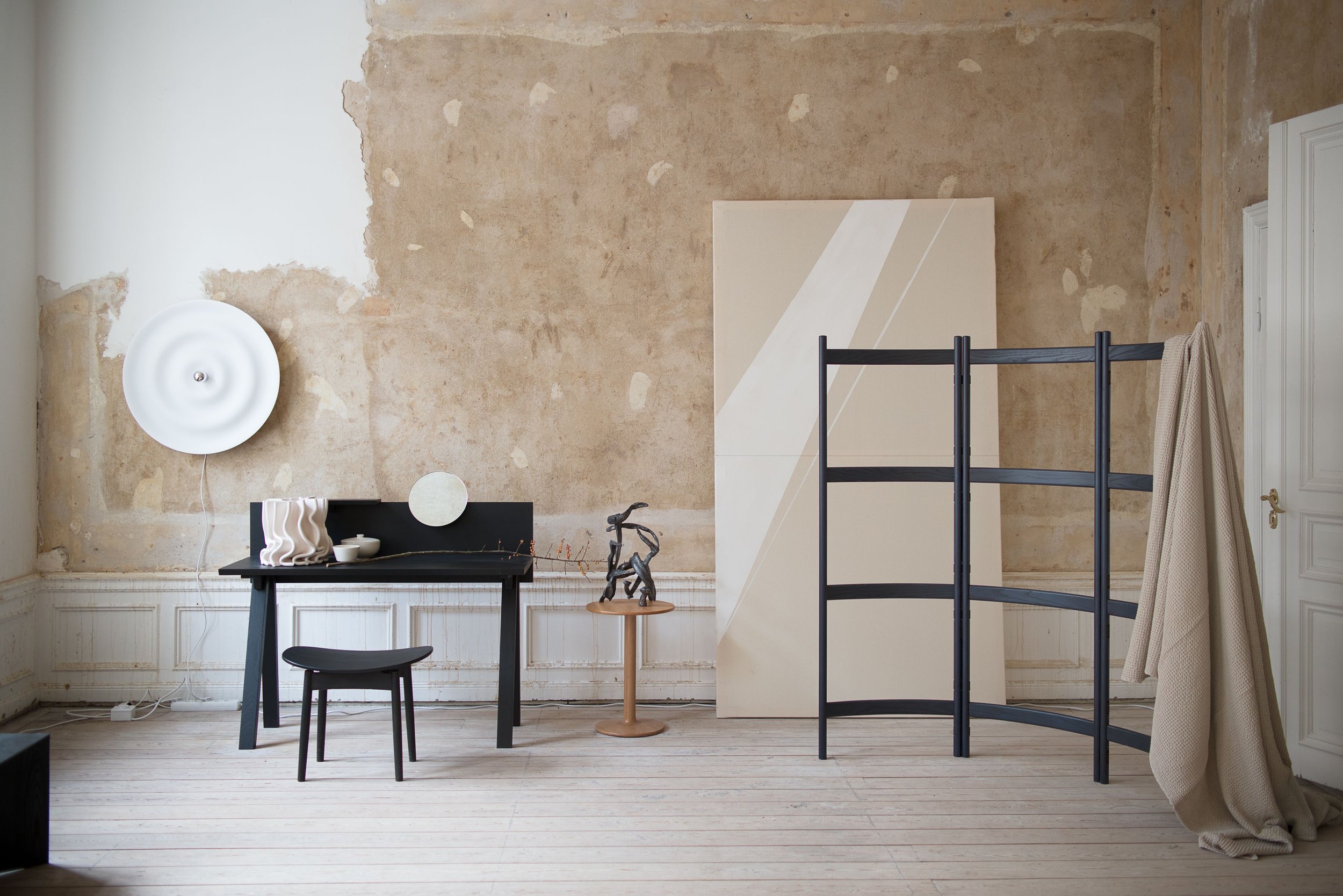Inspirations
Discover here our major inspirations for the conception and design of our products. The m3béton lines are elegant, fine and precise. Harmony is our watchword. The design is constantly evolving, but is based on many concepts developed mostly during the 20th century. In our designs, you can find 3 major currents of inspiration.
Nordic
Popularized in recent years by home furnishings giants and the minimalist boom, Nordic design is characterized by clean lines and neutral colors. The designs are fine, elegant, simple but all in beauty. Nature is also a major inspiration for this movement, highlighted by wood-type materials on furniture, parquet, decoration, etc.
If you want to discover artists mastering this style to perfection, we recommend Alvar Aalto, Jens Risom, Verner Panton or Arne Jacobsen.
As for brands, discover HAY, Iittala or Marimekko for tradition, but also Woud and Muuto for the newest ones on the market!
@Piasa
Bauhaus
Contested by the greatest but also admired, the Bauhaus style comes from Germany in the 1920s and literally means “house of construction”. The vision of this movement is to no longer make the distinction between Fine Arts, that is to say art for art, and Applied Arts, art for objects. This movement draws its sources from the British Arts&Crafts movement as well as from Art Nouveau. The Bauhaus design is therefore intended to be functional and economical, with modern materials (steel, glass), while innovating and producing in series. Locally, Montreal has a real Bauhaus influence, especially in skyscrapers such as the Stock Exchange Tower, the CIBC Tower, the Westmount complex or Place Ville-Marie.
The key artists of this movement are Wassily Kandinsky, Paul Klee, Walter Gropius, Marcel Breuer and László Moholy-Nagy. We can now cite iconic models, such as the “B3 chair” or “Wassily chair”, the Bauhaus teapot by Marianne Brandt or the Barcelona Chair designed by Ludwig Mies van der Rohe.
Japanese
The Japanese style draws its sources from Europe, and becomes the perfect mix between the Bauhaus and the Scandinavian style, while respecting the ancestral traditions of the country.
The first artists Junzo Sakakura and Kunio Maekawa worked under the expert eye of Le Corbusier, Swiss designer master of Bauhaus art. The Japanese vision, however, draws its rules from the Nordic countries, paying homage to simplicity, nature and the objects themselves. The two notions guiding Japanese design are sensitivity (known as kansei) and harmony (wa).
In addition to the artists mentioned above, we also suggest Sori Yanagi and his Butterfly and Elephant stools, but also Isamu Nogochi and his Akari lamps, Isamu Kenmochi or even Shiro Kuramata with more straightforward inspirations.
@ELLE Decoration UK
Some other inspirations
German Dieter Rams, industrial designer with a “Less but better” vision
Nils Holger Moormann and his design and elegant furniture
Mayer Design, a young 20-year-old company already established worldwide
Knoll and its revolutionary supplies (the famous tulip chair)
Martinelli Luce ergonomic design
The architectural firm MYTO, for which we had the chance to work
Blouin-Orzes architects and their houses combining technicality and Quebec know-how



